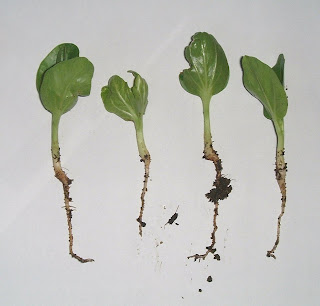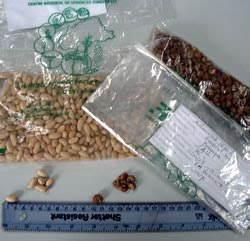 With 10.10.10 heading towards us fast, we at TREE AID are encouraging you to plant a tree to help cut your carbon emissions by 10% as part of the global 10:10 campaign. You can plant a tree anywhere: in your garden, in a pot or at your children's school.
With 10.10.10 heading towards us fast, we at TREE AID are encouraging you to plant a tree to help cut your carbon emissions by 10% as part of the global 10:10 campaign. You can plant a tree anywhere: in your garden, in a pot or at your children's school.But if you can't find the time, or the perfect spot, we can make it even easier for you, we can plant one for you! Check out our gift catalogue for a range of tree gifts which tackle poverty and provide environmental protection in the drylands of Africa. For only £10 you can help plant a tree in an area which really needs one, reducing your own carbon foot print as you go! It’s not just about planting trees though, its about making sure they live for hundreds of years!
We work with villagers to ensure the greatest chance of survival for the young trees. With TREE AID, villagers learn how to set up tree nurseries; to grow, care for and use their trees sustainably. They learn to decide which tree products will sell and how to add value to them to get a better price at the market. So, while money doesn’t grow on trees, TREE AID helps villagers make money from the things that do, like shea nuts used to make butter for cooking and cosmetics. With the income they can pay for food, schooling, healthcare and other essentials. We also support villagers to fight famine by growing tree foods and helping them improve crop yields, so families can thrive and not just survive.










 I think the next task will be to separate out the seedlings in this pot. As dryland trees I would imagine their roots will go down, rather than out, to search out the deep water reserves that they would survive from in the desert plains of Africa. So whilst I'm not too worried about their roots becoming tightly tangled together at this stage, I am interested to see how deep they are relative to the height of the seedline, and to make sure they have enough room to keep going!
I think the next task will be to separate out the seedlings in this pot. As dryland trees I would imagine their roots will go down, rather than out, to search out the deep water reserves that they would survive from in the desert plains of Africa. So whilst I'm not too worried about their roots becoming tightly tangled together at this stage, I am interested to see how deep they are relative to the height of the seedline, and to make sure they have enough room to keep going!


 I'm feeling a little bit apprehensive now, mixed with excitement. I really hope to get at least a few of each, Baobab and Neem, germinated, and will be so disappointed if nothing happens! I've sown thirty seeds in total, fifteen of each, so it's fingers crossed for the next few weeks!
I'm feeling a little bit apprehensive now, mixed with excitement. I really hope to get at least a few of each, Baobab and Neem, germinated, and will be so disappointed if nothing happens! I've sown thirty seeds in total, fifteen of each, so it's fingers crossed for the next few weeks!




